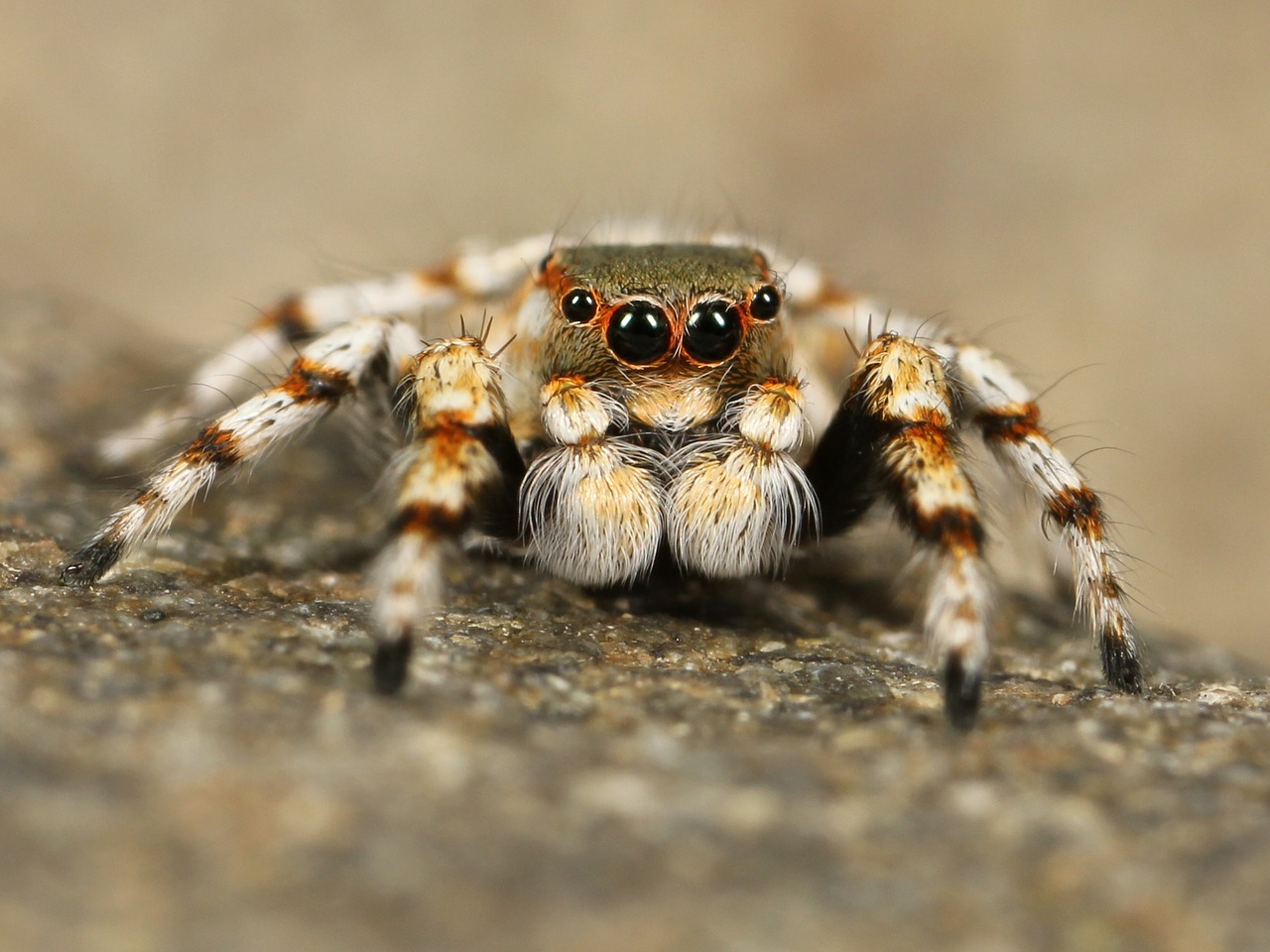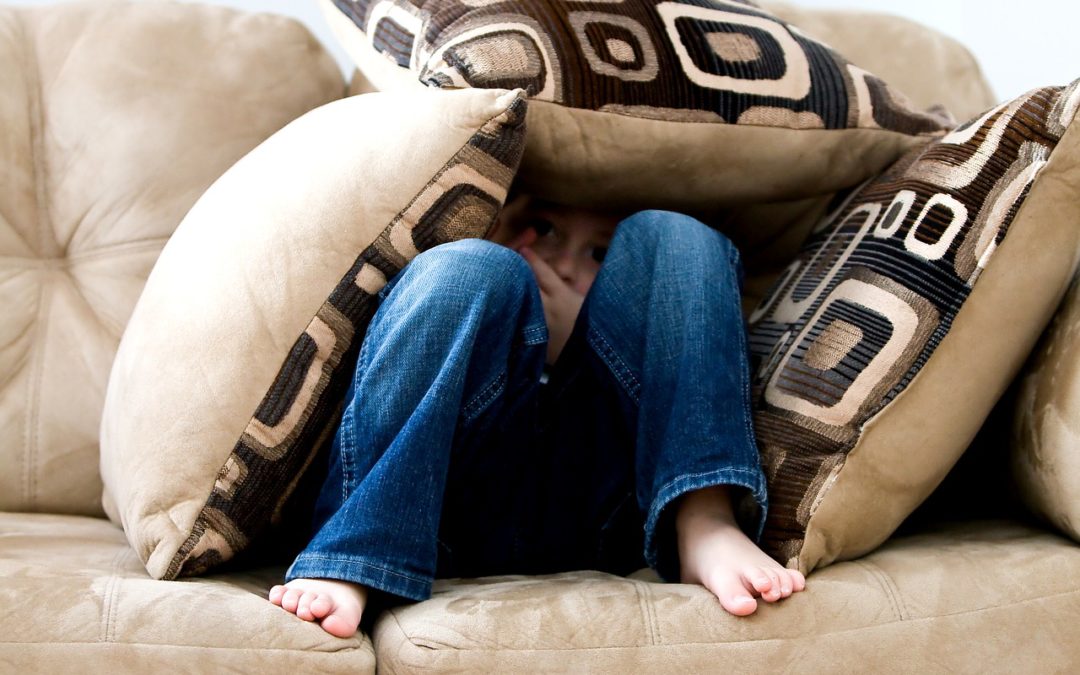Are you afraid of the dark? Maybe you’re afraid of heights? You are not alone. Millions of people suffer from a variety of phobias. Some phobias are small and do not disrupt daily life. On the other hand, some are hard to go through life with.
What is a phobia?
A phobia is a type of anxiety disorder where you have a persistent, sometimes excessive, fear of a thing or a situation.
If the thing or situation cannot be avoided, you may experience significant stress. It can include fainting, panic attacks, increased heart rate, sweating, and more.
How do you develop phobias?
There are three types of conditioning that create phobias: classical conditioning, vicarious acquisition, and informational acquisition. Classical conditioning occurs when you have had an embarrassing or traumatizing experience. You then come to fear what you associate with that experience. Perhaps you fell off a high diving board when you were a child and now you are afraid of heights. Vicarious acquisition is where you learn to be afraid of something by observation. As a child if you observed your mother being afraid of spiders, then you too may come to have a fear of spiders. Informational acquisition is when you develop a fear through the course of learning. You may read that raccoons contain rabies and develop a fear of raccoons.7 Common Phobias include:
- Arachnophobia
- Ophidiophobia
- Acrophobia
- Mysophobia
- Cynophobia
- Aerophobia
- Trypanophobia

Arachnophobia
The fear of spiders and other arachnids.Cause
This fear most likely developed as an evolutionary instinct. Even though very few spiders are dangerous to humans, some are extremely venomous. On the other hand, in some cultures spiders are consumed as food. Therefore, culture may also play a large part in the development of this phobia.Treatment
The most common treatment for this phobia is exposure therapy. You are first taught various relaxation techniques to help you to remain calm during the treatment. Once those techniques are learned, you are then presented with arachnids or pictures of arachnids in order to desensitize you from the creature.Ophidiophobia
The fear of snakes and other reptiles.Cause
As snakes also can be venomous, this fear most likely originated as an evolutionary instinct as well. Other possible causes include a traumatic life event, negative media reports, and a lack of education about the creatures.Treatment
Treatments include desensitization, cognitive behavioral therapy (CBT), and individual or group therapy.Acrophobia
The fear of heights. This could be a fear of ladders, elevators, driving over bridges, tall buildings, etc.Cause
A fear of heights comes from various anxieties. Some may fear they will lose their balance and fall, some think someone will push them over, while others do not trust the integrity of the structure itself.Treatment
Desensitizationis a recommended treatment for acrophobia through stimulating situations that cause the fear to arise. Other treatments include hypnosis, CBT, medication, and meditation.
Mysophobia
The fear of germs. This phobia is often confused with obsessive compulsive disorder (OCD) as the sufferer will be constantly concerned with remaining clean to an obsessive extent. A mysophobe may have OCD, but someone with OCD does not always have mysophobia.Cause
Genetics, media, a traumatic event, or OCD may trigger this fear. Children who have a parent with this phobia are also more likely to develop this fear as well.Treatment
Treatments include CBT, exposure therapy, desensitization, and relaxation training. One of these treatments may be used or a combination to treat the phobia.Cynophobia
The fear of dogs. This extends to a fear of their barks or growling.Cause
This fear most likely originated from a traumatic event in the person’s life with a canine. Another cause stems from the similarity that lies between dogs and wolves. This association along with a traumatic event may cause a person to fear all canines.Treatment
Exposure therapy and desensitization are the most popular treatments for this phobia.Aerophobia
The fear of flying. Even though the likelihood of a plane crash is very unlikely, this fear affects roughly 1 in 3 people.Cause
The fear of flying is most likely associated with other conditions, such as anxiety of confined spaces, heights, or germs. Other triggers may include sickness, vertigo, or ear issues that cause discomfort while flying.Treatment
Treatments for this phobia include individual or group therapy, CBT, and hypnosis. There are also techniques of desensitization that include virtual flight simulations.Trypanophobia
The fear of injections, pins, or needles.Cause
There are various roots to this phobia. The phobia could stem from a scary or painful experience as a child, a parent having the phobia, a negative blood test result, or feeling faint after an injection. In addition, the person may not know how they will react to the needle and, therefore, fear they may embarrass themselves.Treatment
Treatments include systematic desensitization, behavioral therapy, CBT, one-on-one clinical hypnotherapy, and relaxation training. Many suffering from phobias may experience anxiety, elevated heart rate, dread, or even lose consciousness. They may avoid situations where they may encounter their phobia. This may even be to the extreme of remaining confined to their home. As one of the most common types of disorders, phobias can become debilitating and keep you from living your life as you would wish. Treatment depends on a variety of factors. However, if your phobia keeps you from a functional life, it is important to consult a therapist or medical professional for help.Are you suffering from a phobia?

